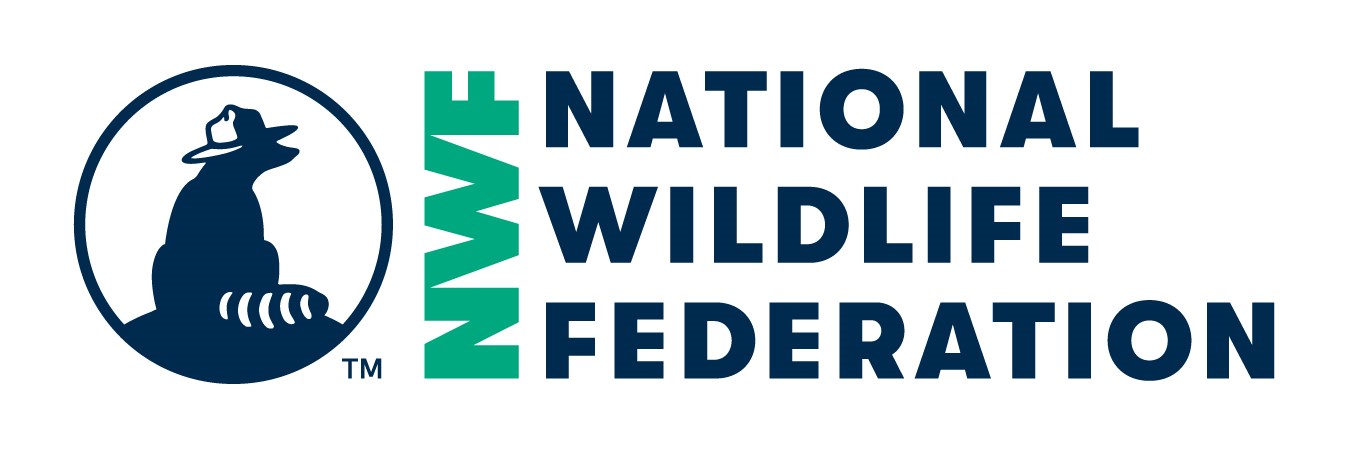Wildlife Rehabilitation at the May Wildlife Rehabilitation Center
http:/http://www.nwfecoleaders.org/projects/home/129
If other:
1. Where is the biggest impact of this project?
Community, State
If other:
2. What were the goals for your project?
3. What strategy did you use?
Education, Other
If other:
4. Did you accomplish the goals you set for this project? Please explain.
Each year we receive more and more animals, meaning we are able to release more animals that the previous year. As our name gets out there more people know where to bring an animal if they find one.
5. Choose your impact measure type.
Pounds of recycling increased
What were the measurable outcomes of your project?
At our center we accept more than 1400 animals a year and have a success rate of about 66% for release
6. When did you begin and complete your project?
The Center began as the Blue Ridge Wildlife Institute in 1995 and moved to Lees-McRae College in 2003, I became a student and started working at the center and taking classes there in 2013.
7. What was challenging about your project and how did you respond?
Every year we receive new students who have little to no knowledge of how to work in a wildlife rehabilitation center, let alone how to handle the majority of the animals. In class they learn the tools they need for the director of the facility Nina Fischesser, and then when they come to shift mentors like myself continue to teach them many animal husbandry skills that are needed at the center. Because we do get in many animals that students are afraid of (snakes, owls, hawks...) we have to show them and teach them many different approaches of working with these wild animals so it is safe for both the animal and the student.
8. Which groups were involved in this project? Students, faculty, staff or community groups?
Students, Faculty, and a few volunteers
9. Was your project funded? If so, how?
the May Wildlife Rehabilitation Center runs on donations, we get the majority of the donations from the community when we do educational programs and other big events.
10. How did you communicate about this project and educate the broader campus and/or community?
Those on campus that are not in the Wildlife Biology with a concentration in Wildlife Rehabilitation or Wildlife Rehabilitation Degree are welcome to come to our educational programs at 1:00 every Saturday that are open to the public. Also we accept and volunteers that want to come and help out and send out emails campus wide if we have big volunteer opportunities coming up. We also do many other educational programs during the year for the public.
11. How have you evaluated your project?
Group reflection
If other, please describe:
12. What did you do after your reviewed your project?
Revised goals, Celebrated, Other
If other, please describe:
Since our project is always on going and new members are joining, we always set up short term goals that need to be done in order to benefit our overall goal that is helping the animals that come into our center.
13. What was the biggest or best thing you learned from your project?
Animal husbandry skills, as well as some veterinary techniques, and a further understanding of wild animals
14. What advice would you give to others working on a similar project?
Don't get frustrated if everything doesn't go as planned, always know that you put 110% of your effort into what you did and to never forget about the small things (those are sometimes the most important ).
15. Based on your response above, what are your future plans for this project? And are there resources (people, financial, etc.) available to sustain it?
Category ARCHIVED | PROJECT CERTIFICATION
Form Details
Average Rating:
Date Added: Oct 28, 2015
Date Last Modified: Oct 28, 2015







Project Feedback